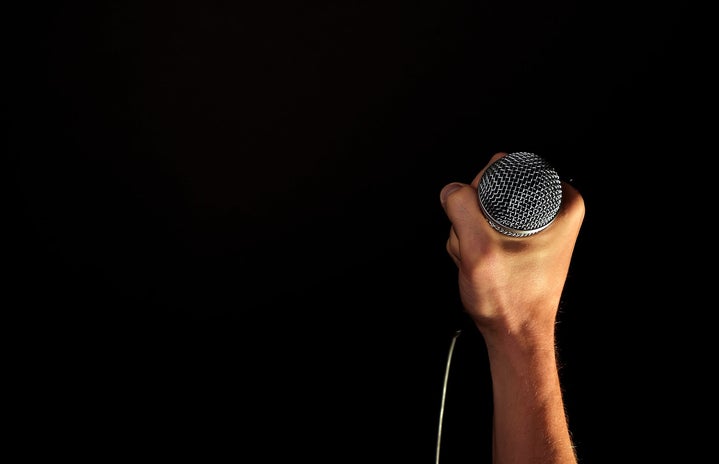Before I started watching ASMR, if you had asked me what it was, I would’ve said huh? What is that?
ASMR stands for the autonomous sensory meridian response, a tingling sensation that some get in the top of their head when they are exposed to audiovisual triggers. It has become a widespread movement on YouTube, with many creators making daily content for their viewers who crave the relaxation that it gives them. As someone who watches ASMR frequently, I can attest to the effects that it has had on my mental health and well-being. Some use it to just relax, to help induce sleep, or even use it to deal with stress.
When I’m having a hard time falling asleep the night before a big exam or my brain just feels so overworked from the day, I look forward to turning on an ASMR video. I’m able to just focus on the sounds and sights and tune out outside distractions, and it’s so relaxing. Some of my favorites to watch are ones where ASMR artists are solely just reading passages from a book or even decluttering and organizing around the house. It is just something simple that I can put on and keep myself calm. For quite some time, there was a lack of observed evidence surrounding ASMR. Many were questioning its credibility and whether or not it worked for those who were watching it. New studies are beginning to emerge into the realm of science, and how it can be used to treat patients who suffer from anxiety and insomnia.
The cognitive-behavioral techniques that are suggested for relaxation and meditation seem to accomplish the same thing in which they distract the viewer from their worries and lead them to a mentally better state. Being able to provide a comfortable and familiar setting is something that we all look for when we are trying to psychologically feel better. ASMR definitely still has ways to go in terms of establishing its credibility but, that doesn’t mean it is not paving the way for becoming another natural technique for relieving stress and a possible treatment for anxiety disorders.


